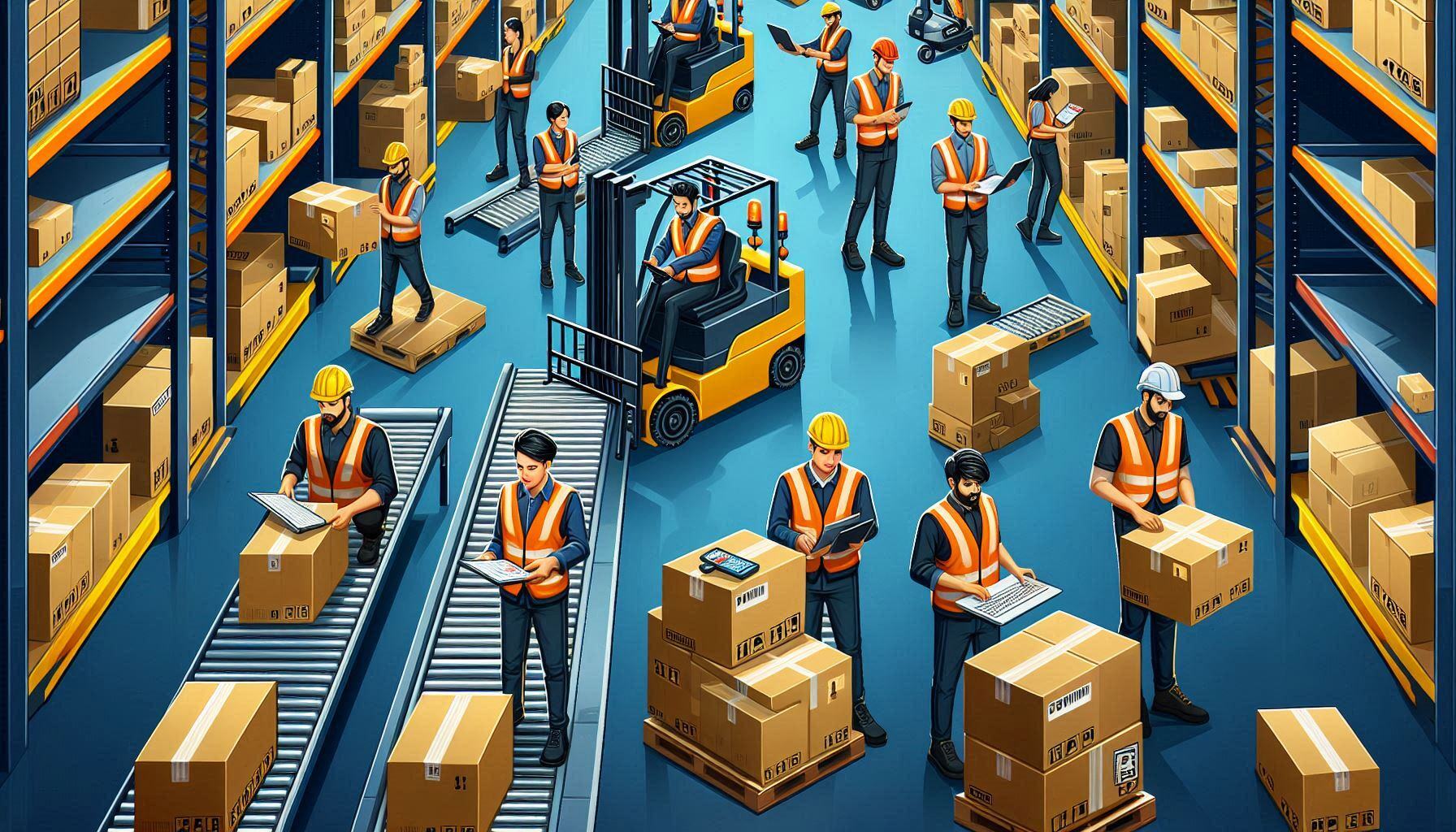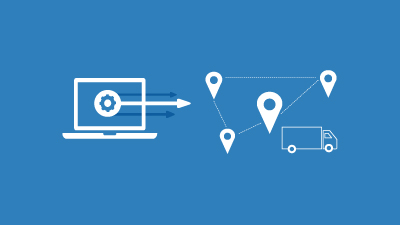How Barcode Scanning in Manufacturing Improves Shop Operations

Barcoding, also known as automatic identification (Auto-ID) provides companies with an effective way of tracking, identifying, and managing items.
Patented in 1952, this technology changed the face of retail and is now being implemented in various other industries, including manufacturing.
It offers significant advantages over more traditional methods.
Increased Warehouse Productivity
In our fast-paced world, speed is key to the consumer experience. People want their items the day they order them – if not sooner. So, one of the driving forces of barcode scanning being increasingly applied in manufacturing is how it boosts productivity.
Barcode scanners can read and sort relevant information about items and materials in a fraction of the time it would take a person to input the data needed to find the same information. This enables employees to process a larger number of orders in a shorter time, meaning they can be shipped more quickly out to the customer.
This technology also allows for better decision-making in terms of stock ordering. Since the information is scanned directly into the central computer, it is ready almost immediately. This quick access to real-time data allows for more informed decisions, which ultimately boosts the bottom line.
Lowered Labor Costs
As fewer workers are needed to process the same number of orders, labor costs are saved. Beyond that, the barcode system reduces the need for such clerical work as collecting and collating paper-recorded information and/or manually entered data. In short, switching to barcodes could save the work of up to three full-time employees.
This method also virtually eliminates instances of human error caused by problems deciphering poor handwriting or incorrect data keying. Even highly experienced data inputters are prone to error - roughly the equivalent of one per 300 keystrokes, compared to one per 3,000,000 characters with barcode systems.
Finally, it takes mere minutes for employees to master the use of the hand-held scanners required to read the barcodes. As new employees will not be required to become familiar with what could be quite complex data input forms or programs, their training time is reduced, and money is saved here, too.
Improved Warehouse Efficiency
Effective shop operations enable a warehouse to run more smoothly and more quickly. Both of these translate into a more efficient and more pleasant work environment for employees and better outputs for customers and investors due to higher production levels and fewer instances of error.
One of the ways barcodes supports this is by making everything traceable right through the manufacturing process. If employees know where all items are at all times, time is saved from trying to track down products that aren't where they should be. Tracking is also vital in the event of a recall because of issues or defects with products.
A further benefit of real-time information is that any errors that do occur, such as the wrong product or wrong number of products getting picked up, can be quickly detected and corrected immediately. If this can be done before shipping, money is saved in retrieving and sending additional items, plus the brand's reputation is upheld among its customers.
Enhanced Inventory Accuracy
Barcode scanning also makes a lot of sense for inventory management. Without it, manufacturers would need to rely on employees to track inventory, leaving the process open to human error.
To avoid stockouts, you would need to have a larger supply of products and materials to hand, which translates to higher overheads because of storage costs. Not to mention an increased risk of items becoming damaged or obsolete while in storage because of changing consumer demands.
Knowing precisely what you have, on the other hand, allows you to stock the minimum amount of inventory to satisfy customer needs. Also, having up-to-date and incredibly accurate details on inventory present within the facility also removes the pain point of end-of-year inventory counts and large year-end write-offs.
Inexpensive and user-friendly, barcodes are becoming an indispensable tool for most modern operations. Alongside providing detailed specifics on products, materials, and more, this simple technology's extreme versatility means it has many additional applications.
Manufacturers are finding a use for barcodes in tracking employee performance for insights into areas for improvement, for processing payroll, as they can be used to see which employees are on shift and for how long, and for automatically generating invoices and managing material costs – basically anything that requires some form of data collection.
The only real barrier to installing barcode scanning is the upfront costs of installation plus the time needed for employees to adjust to the new system. However, once they do, the savings will quickly begin to accumulate. In fact, the system is likely to pay for itself inside the first 6 – 12 months of use.
Work with Cloud 9 ERP Solutions
Interested in learning more? Watch how Acumatica's mobile and barcode optimized screens can keep your shop floor activities recorded in real time.
At Cloud 9 ERP Solutions, our goal is to give our clients the best and most efficient platform possible. Discover Acumatica Manufacturing Management and how it can make your operations flow more smoothly today!
Additional Manufacturing Resources
How Manufacturers Can Build Resilience in Recovery
Should You Consider an eCommerce Initiative as a Manufacturer?



